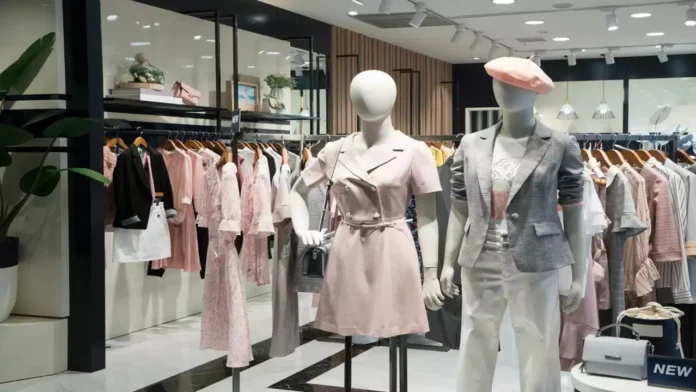Leading global apparel and fast fashion brands seem to have resonated strongly with the younger demographic, achieving sales growth ranging from 40% to 60% in FY23. This stands out in a market where the overall demand for discretionary products has decelerated.
For instance, H&M, the Swedish fashion retailer, and its counterpart Zara both saw a 40% surge in their top-line figures. In the same period, Uniqlo, the Japanese brand, experienced a substantial 60% increase in sales. Levi Strauss, the American denim maker, and Marks & Spencer, the British brand, reported a noteworthy 54% growth in their revenues according to the latest filings with the Registrar of Companies. Lifestyle International, the Dubai-based department store, also witnessed a significant 46% rise in revenues, considering its already substantial base. Collectively, these brands achieved a combined annual revenue of nearly $2.6 billion, more than double the FY21 figure of $1.1 billion.
“With consumers getting brand conscious, global brands have a natural advantage. There is a distinct aspirational momentum for international brands that carries them through. Also they can sustain having unsold inventory and discounting better than smaller peers,” said Devangshu Dutta, founder of Third Eyesight, a strategy consulting firm.
“Also, these brands have not yet reached saturation point in terms of network and hence can invest further to widen their reach,” he added.
Apparel Brands Adapt to Online Trends:
The increase in revenue was additionally driven by brands redirecting their attention to e-commerce, which presently constitutes over a quarter of their sales. This shift occurs amid heightened competition from both local and global rivals in an increasingly saturated market, where web-commerce firms persist in providing substantial discounts. Over the last two years, the growth in sales for most retailers has been primarily price-driven, marking a departure from the historical pattern where volumes or actual demand played a predominant role in driving the majority of sales.
The fashion retail sector has been grappling with a decrease in demand since January of last year, primarily attributed to inflationary challenges. The general retail expansion decelerated to 6% in both March and April, showing a slight uptick to 9% in August and September. However, it subsequently dipped to 7% in October and November, as reported by the Retailers Association of India.
“Spends are shifting to experience, holidays and big ticket purchases such as cars. Stronger retailers which had the right product to price proposition works for consumers who are not necessarily looking at brands from global and local lens. What helped our sales was product rationalisation, renovation of stores as well as our value proposition,” said Manish Kapoor, managing director at Pepe Jeans that clocked 54% growth to INR 560 crore in FY23.
“The current fiscal has been muted and we expect election spending and improved sentiment to drive recovery next fiscal,” he added.
Being the second most-populated country globally, India presents an appealing market for aspirational apparel brands. The expansion of disposable incomes has led to a broader consumer base at the pyramid’s bottom, enhancing the attractiveness of the market.
“The Indian economy is on course to be among the top economies in the world. The key factors driving the India consumption story include a large proportion of young population, rising urbanization, growing affluence, increasing discretionary spending and deeper penetration of digital,” said Levi Strauss in its latest annual report.
Last year, Levi’s said that India is now their largest market in Asia and the sixth largest globally. Meanwhile, Marks & Spencer (M&S) announced its initiative to open a store every month in India, establishing it as their most extensive international market outside their home country in terms of store network.
Continue Exploring: India’s apparel exports on the rise: CMAI forecasts 10-15% YoY growth in UAE market





